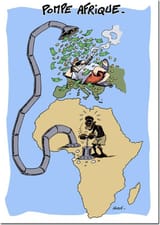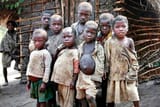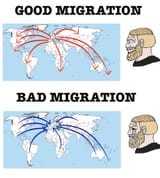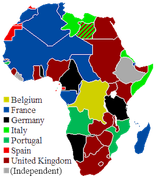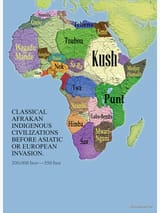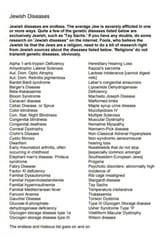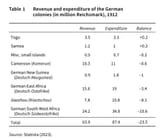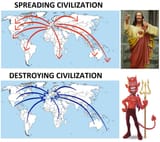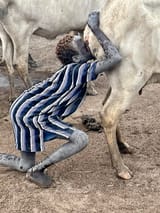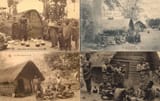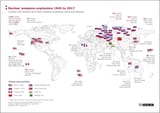>>511270979AI Overview
During Leopold II's rule of the Congo Free State, from 1885 to 1908, millions of Congolese people died due to atrocities and exploitation
. While it's difficult to pinpoint the exact number of deaths due to lack of reliable records from that era, many estimates suggest a significant population decline, according to Study.com and Britannica.
Estimates for the number of deaths during this period vary from 1 million to as high as 15 million, with some historians agreeing on a figure of around 10 million. This loss of life is attributed to a combination of factors, including:
Violence and Murder: The Force Publique, Leopold's private army, enforced a brutal regime, using violence, torture, and murder to coerce the Congolese people into collecting rubber and other resources. Failure to meet quotas could result in death or mutilation.
Disease: The disruption of society and the introduction of new diseases by Europeans and Arab traders contributed to epidemics that ravaged the population, according to Wikipedia. Smallpox and sleeping sickness were particularly devastating.
Famine: The focus on resource extraction led to agricultural disruption and food shortages, further weakening the population and making them more susceptible to disease.
Reduced Birth Rate: The harsh conditions, violence, and social upheaval likely contributed to a decline in birth rates.
It's important to remember that these events were widely condemned at the time, leading to international pressure that eventually forced Leopold to cede control of the Congo to the Belgian government in 1908. Despite the controversy surrounding the exact numbers, the atrocities committed in the Congo Free State represent a dark chapter in history, according to Cambridge University Press & Assessment.
